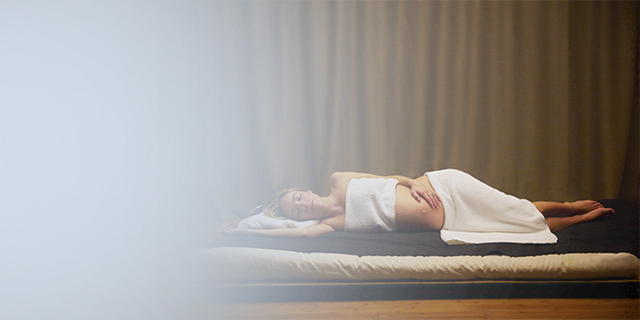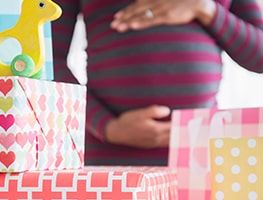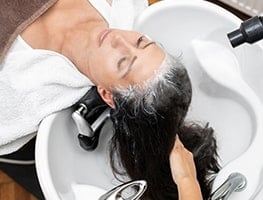Breast self-examination is one of the most important roles that women can play in maintaining her breast health. By doing this regularly, you can familiarise yourself with how your breasts look and feel normally. This will enable you to notice any changes as a result.
Seek medical advice right away if you do notice a change, for instance:
A lump or swelling
Skin irritation
Dimpling you�ve never seen before
When to perform a breast self-examination
Ensure that you check your breasts about once a month or on a regular basis. A simple way to remember is to put a reminder in your diary each month.
The best time to perform your self-examination is 7 days after your period has started. This is because your breasts will not be as tender. If you are on an oral contraceptive pill, then you should do it on the day you start a new pack.
How to perform a breast self-examination
It is important to ask your medical practitioner for advice on how to do a breast examination properly. Get detailed instructions so that you can be confident about how you do it, and understand what you are feeling for.
It is a good idea to do your examination in front of a mirror as an effective self-examination comprises of two parts. You’ll need to:
Look at your breasts
Feel your breasts
Look
Whilst in front of your mirror, look out for visual changes that include differences in the colour and shape of both your breasts and nipples.
You should do this examination from four positions:
With your arms at your side
With your arms raised above your head
With hands on your hips
Leaning slightly forward
Feel
Lie down and feel your breasts. Use the opposite arm to feel your opposite breast (i.e. Use your right arm to feel your left breast and vice versa).
Using 3 or 4 of your fingers, firmly press on your breast beginning with your nipple and working outward in a circular motion. This should take you up to your collarbone and outward towards the cleavage. You should note any changes to your breast in terms of tenderness or lumps.
Whilst the vast majority of lumps and changes to your breasts will not be sinister or dangerous, being active in your breast care is one way to contribute to your overall health management plan.
Remember, it is important to be supervised by your doctor at first to ensure you are doing this properly.
























